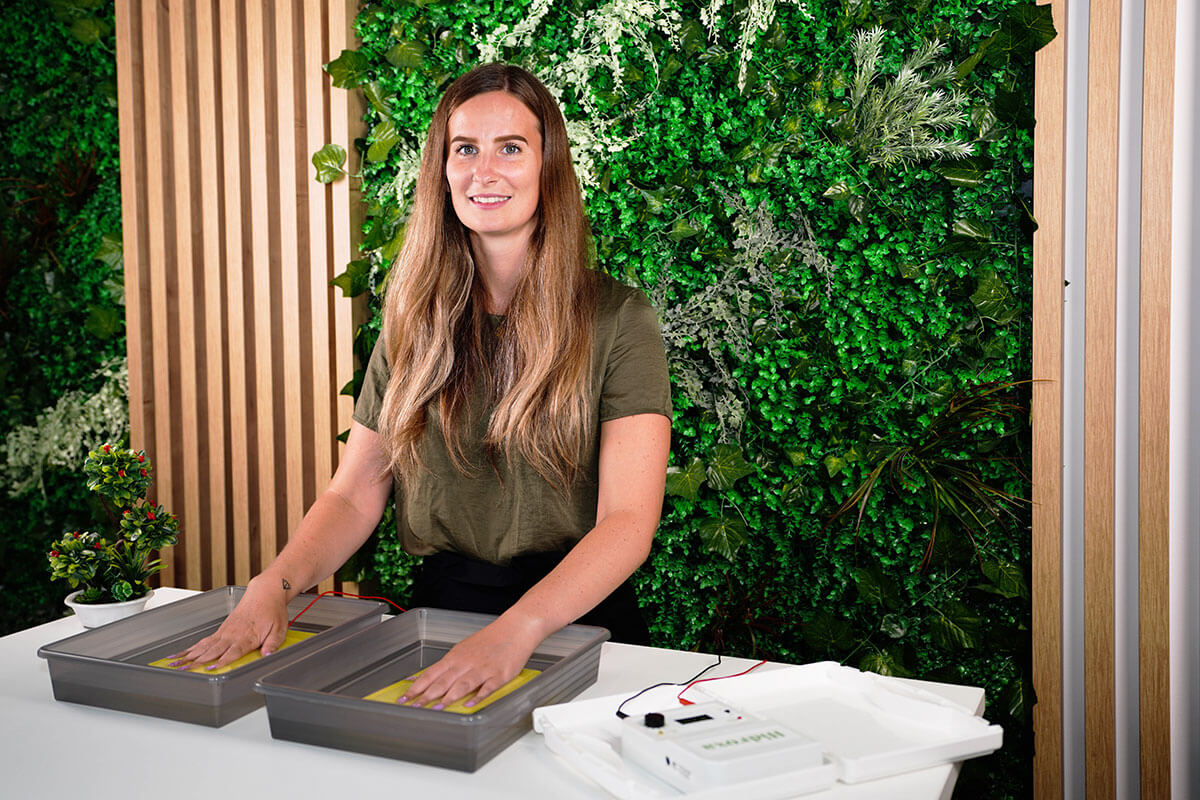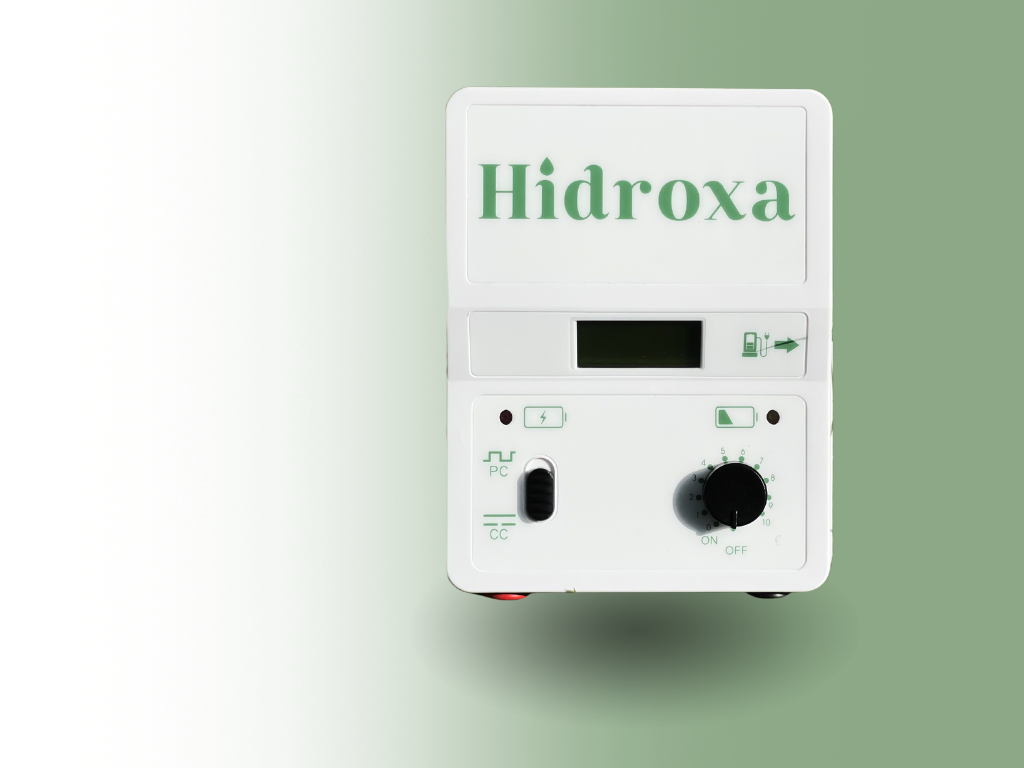What is iontophoresis used for?
Excessive sweating, or hyperhidrosis, can be a challenging condition that affects various aspects of daily life. Whether it's sweaty palms, soles, or underarms, finding an effective solution is crucial for those grappling with this issue. One effective method for managing hyperhidrosis is iontophoresis. In this article, we will delve into the various uses of iontophoresis, highlighting its significant effectiveness in the treatment of hyperhidrosis. If you've been wondering, "What is iontophoresis used for?" – you're about to discover the answers.
Common uses of iontophoresis:
- Hyperhidrosis: One of the most well-known applications of iontophoresis is in the treatment of excessive sweating, medically termed hyperhidrosis. By interfering with sweat gland activity, iontophoresis can effectively reduce perspiration in areas such as the hands, feet, or underarms. This method offers a long-lasting solution for people struggling with this condition.
- Inflammatory Conditions: Iontophoresis can be used to facilitate the delivery of anti-inflammatory medications, such as dexamethasone or lidocaine, directly to the affected tissue. This localized treatment is commonly employed in cases of musculoskeletal injuries, tendonitis, bursitis, and plantar fasciitis.
- Dermatological Conditions: Certain skin disorders, including psoriasis and eczema, can be alleviated with iontophoresis. The controlled introduction of medication deep into the affected skin layers helps manage symptoms and improve overall skin health.

Beyond hyperhidrosis: Diverse applications of iontophoresis
In addition to its role in managing hyperhidrosis, iontophoresis has proven to be a versatile technique for delivering drugs to the skin. This includes:
- Reducing sweating further: An anticholinergic agent like glycopyrronium or botulinum toxin A can be used to enhance the effectiveness of iontophoresis.
- Anaesthetizing the skin: Lidocaine, when delivered through iontophoresis, can provide localized anesthesia.
The mechanism of action of iontophoresis
The exact mechanism by which iontophoresis reduces sweating is not fully understood. However, several theories exist:
- Ions produced during iontophoresis may physically block sweat ducts in the stratum corneum.
- External electrical currents may disrupt normal sympathetic nerve transmission.
- A drop in pH within the sweat gland due to hydrogen ion accumulation.
The iontophoresis procedure: What to expect
Iontophoresis is a non-invasive drug-free and needle-free solution for people with excessive sweating of the hands, feet and underarms, and offers a pleasant and effective alternative for managing this condition. Tap-water iontophoresis may be less effective for the underarms; however, studies demonstrate promising results in treating palmar hyperhidrosis, with around 80-85% of patients reporting subjective improvement within 2-4 weeks.
Iontophoresis involves placing the affected area, such as hands or feet, in a tray of water containing active and indifferent electrodes. Given the flexibility of choosing constant current or pulsed current (only in some devices), it is crucial to follow the manufacturer's instructions carefully.
For palmar hyperhidrosis, the hands are immersed in water with electrodes, and petroleum jelly is recommended to prevent discomfort. The initial current is set low and adjusted based on tolerance. Treatment typically occurs 20–40 minutes every 1-2 days until the desired effect is achieved (every day if possible), then reduced to once-three times per week for maintenance.
Anti sweat machine
Our Hidroxa SE 20 iontophoresis machine is easy to use and clinically tested for treating excessive sweating of palms, feet, face, and armpits.
Iontophoresis is a scientifically proven method that works for approximately 95% of our customers. You can reach its full effect with 12 treatments.

Side effects and risks
While iontophoresis is generally safe, users may experience mild side effects, including:
- Redness of treated skin
- Small blisters or pompholyx
- Dry and cracked skin or dermatitis
Although these effects are expected to resolve within days, applying emollients and moisturizers can help alleviate symptoms. It's important to note that if anticholinergic drugs like glycopyrronium are used, systemic side effects such as dizziness, dry eyes, and dry mouth may occur.
Contraindications to iontophoresis
Certain individuals should avoid iontophoresis, including those:
- Epileptic or with a history of seizures
- With heart conditions or pacemakers
- With metal implants
- Pregnant women
Additionally, treatment should be delayed if there's a recent wound, skin graft, or scar in the treatment area.
Summary
To sum up, iontophoresis is not only a cure for hyperhidrosis; it is a game changer for anyone struggling with inflammation, offering a non-invasive approach to relieving discomfort. In addition, iontophoresis demonstrates its versatility in drug delivery, offering hope to those seeking effective solutions for various skin conditions. But more importantly, iontophoresis treatments have been shown to dramatically reduce sweating in people with hyperhidrosis of the hands and/or feet.
FAQs
The primary use of iontophoresis is to treat hyperhidrosis aka excessive sweating. It is also utilized to deliver medications for inflammatory conditions and certain dermatological disorders.
Iontophoresis offers long-lasting relief from excessive sweating, reduces inflammation effectively, and helps improve the symptoms of specific dermatological conditions by delivering medications directly to the affected tissue.
While generally safe, the potential cons of iontophoresis may include temporary skin redness, irritation, or discomfort during treatment. However, these adverse effects are usually mild and short-lived.
Iontophoresis is not recommended for individuals with pacemakers or other implanted electronic devices, as well as those with skin infections or open wounds. Pregnant women should also avoid this treatment.
Iontophoresis has shown a high success rate in managing hyperhidrosis, with studies reporting improvement in symptoms in 80-90% of patients. However, individual results may vary.
Patients suffering from hyperhidrosis, inflammatory conditions, or specific dermatological disorders can benefit from iontophoresis. This therapy is recommended for individuals who have not adequately responded to other conventional treatments.
The most commonly used medication for iontophoresis is usually a mild tap water solution, although in some cases, certain medications such as dexamethasone or lidocaine may be added to address specific conditions.